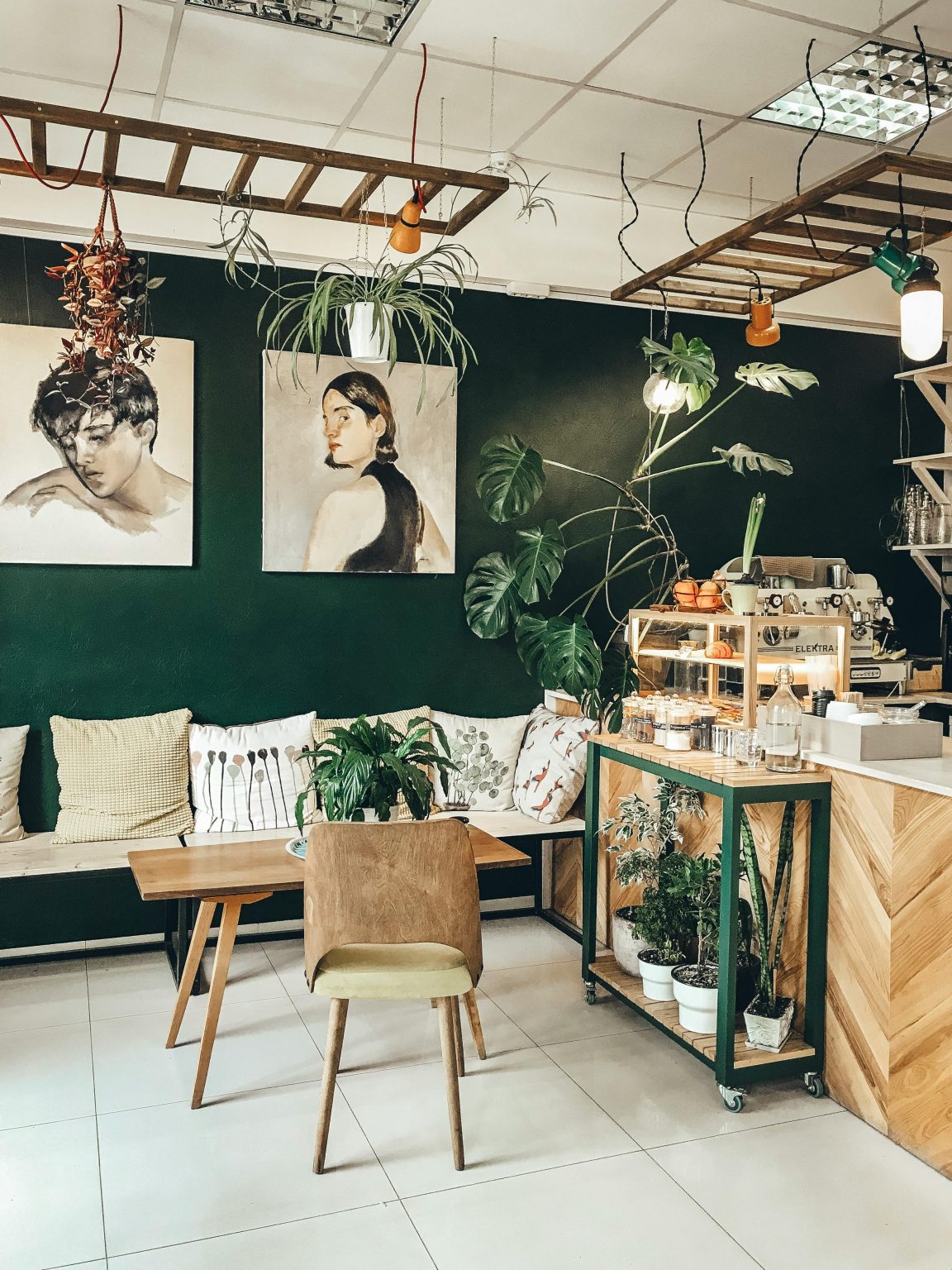Home design is always evolving, and one of the most important yet overlooked elements is lighting. Beyond providing visibility, lighting shapes mood, highlights interiors, and sets the tone for how we experience spaces. In 2025, new technologies and design preferences are pushing lighting beyond functionality into a central feature of modern living.
The Rise of Layered Lighting
Gone are the days when a single overhead bulb was the only source of illumination in a room. Today, designers are embracing layered lighting to balance practicality with ambience. This involves combining:
- Ambient lighting for general illumination.
- Task lighting for focused activities such as cooking or reading.
- Accent lighting to highlight art, architecture, or décor.
By mixing these layers, homeowners can create spaces that are both versatile and visually appealing. A well-designed scheme ensures that a room adapts seamlessly to different moods and purposes.
Statement Fixtures as Centrepieces
Lighting is no longer just a background feature — it’s becoming a focal point. From oversized pendants in kitchens to sculptural chandeliers in living rooms, statement fixtures add drama and personality. In 2025, expect bold shapes, mixed materials, and creative designs to dominate.
These fixtures act like art pieces, drawing attention while still serving a practical purpose. They also give homeowners a chance to express individuality and elevate the style of a room without extensive renovations.
Smart Lighting for Smarter Living
Technology continues to shape modern homes, and lighting is no exception. Smart lighting systems allow users to control brightness, colour, and scheduling from a smartphone or voice assistant. In many cases, they can even adjust automatically based on time of day or activity.
This innovation combines convenience with efficiency. By dimming or switching off lights automatically, smart systems help reduce energy use while keeping living spaces comfortable and responsive.
The Shift Toward Energy Efficiency
Sustainability remains a driving force in home design, and lighting is a key area where homeowners are making greener choices. LED technology has become the standard, offering long lifespans and low energy consumption compared to traditional bulbs.
In addition, designers are increasingly incorporating daylight strategies, maximising natural light to reduce reliance on artificial sources. This trend not only saves energy but also creates brighter, healthier living environments.
The Role of Professional Lighting Design
While trends highlight the possibilities, successful implementation requires expertise. Professional lighting designers consider factors such as room layout, natural light, and the activities that take place in each space. The result is a cohesive plan that enhances both aesthetics and functionality.
Providers like Leora Lighting help homeowners bring these trends to life, offering tailored solutions that balance creativity with practicality. From bold statement fixtures to energy-efficient systems, they ensure modern lighting design works seamlessly in everyday living.
Final Thoughts
Lighting in 2025 is about more than just illumination. It’s about creating adaptable, stylish, and sustainable spaces that reflect modern lifestyles. With layered lighting, smart technology, and energy-efficient solutions, homeowners can transform their interiors in ways that are both practical and inspiring.
As lighting continues to evolve, embracing these trends ensures homes remain comfortable, contemporary, and future-ready.



